
Authentic Cadence, Final Cadence, Full Cadence, Full Close Cadence
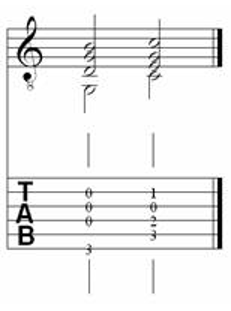
A chord progression where the dominant chord is followed by the tonic chord- In the tonality of C major, an authentic cadence would be the dominant G major chord (G B D) moving to the tonic C major chord (C E G). In a perfect authentic cadence, the dominant chord in root position is followed by the tonic in root position, and according to some, the cadence is not perfect unless the uppermost voice is the tonic in the final chord.
______________________
Plagal Cadence, Amen Cadence, Church Cadence, Complete Cadence
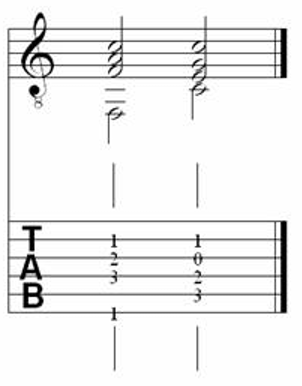
A chord progression where the subdominant chord is followed by the tonic chord- In the tonality of C major, a plagal cadence would be the subdominant f major chord (F A C) moving to the tonic C major chord (C E G).
______________________
Deceptive Cadence, Interrupted Cadence
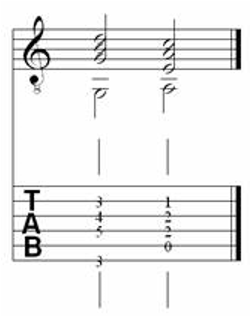
A chord progression where the dominant chord is followed by a chord other than the tonic chord- In the tonality of C major, a deceptive cadence could be the dominant G major chord (G B D) moving to the subdominant A minor chord (A C E).
______________________
Half Cadence, Half Close Cadence, Imperfect Cadence
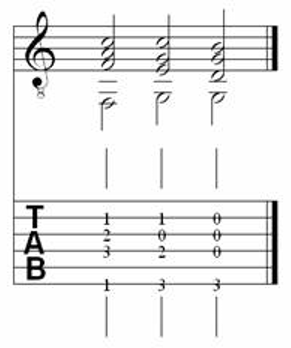
A chord progression where the dominant chord is the final chord of the cadence and is preceded by the tonic chord in second inversion. This pattern produces two chords with the same bass note. In the tonality of C major, a half cadence would be the tonic chord in second inversion C major chord (G C E) moving to the dominant G major chord (G B D).
______________________
Phrygian cadence
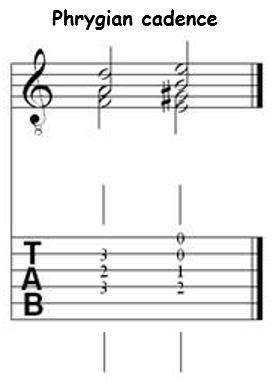
A chord progression where the subdominant chord (in first inversion) is followed by the dominant chord. The root of the final chord is approached from a half step above. In the tonality of A minor, a phrygian cadence would be the subdominant D minor chord (F A D) moving to the dominant E major chord (E G# B). The Phrygian cadence is a special type of half cadence.
______________________
